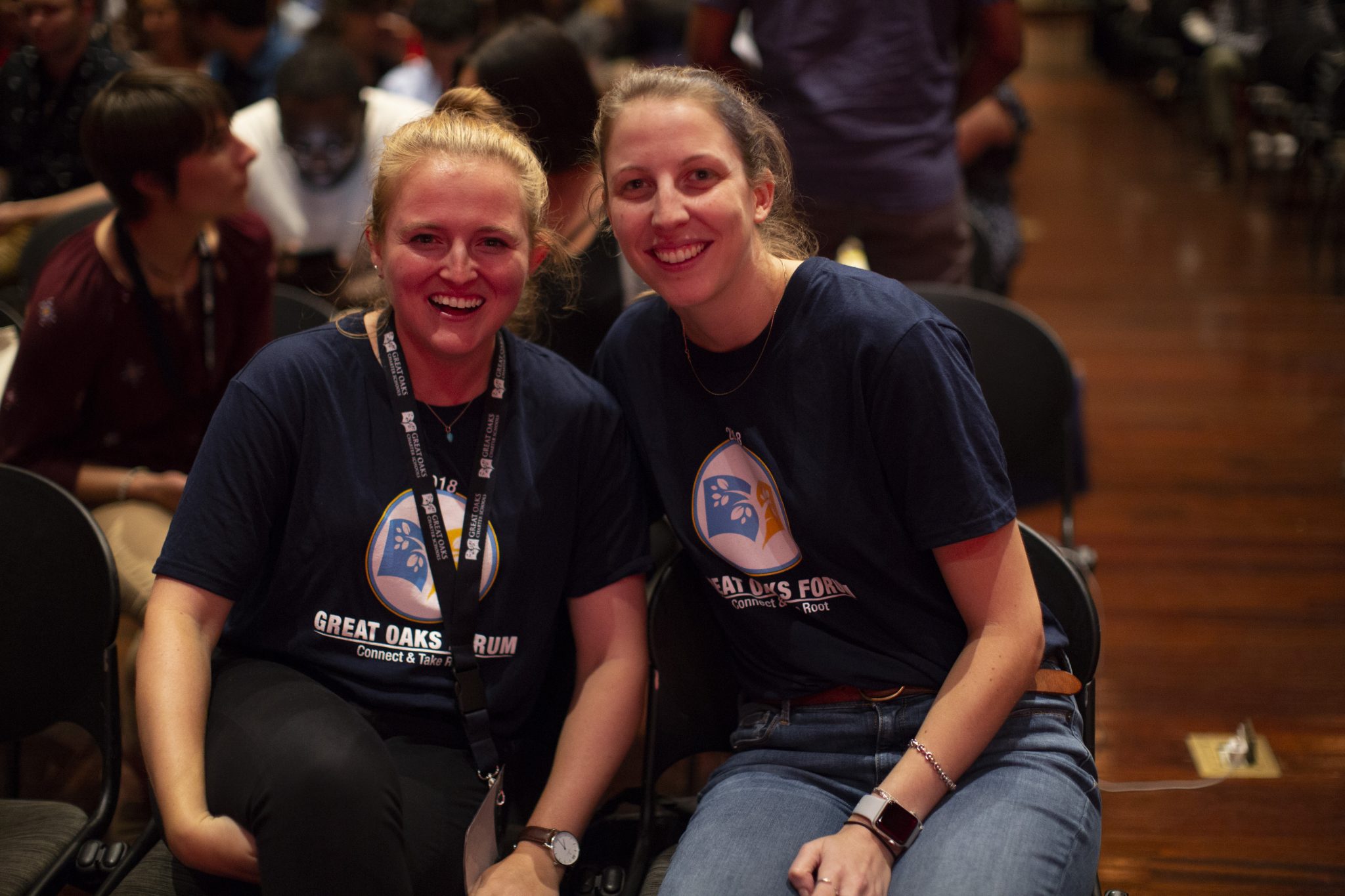- Home / Day in the Life /

The first day of mentoring I stood by my whiteboard ready to welcome my five eighth graders to Novel Study. A second-year fellow stood at the door signaling to students what fellow they should head to. When she pointed a student in my direction, the girl stopped in her tracks, looked me up and down and said, “She is my teacher? Hell no.” She then promptly rolled her eyes and turned to leave the room.
That instant rejection quickly brought me into the reality of the year ahead of me. Students had no reason to inherently trust me: I didn’t look like them or share any of their backgrounds, and they knew that I was only going to be in their school for a year. Earning their respect took weeks of consistency in setting expectations for mentoring as well as showing extra support and interest whenever I could interact with them outside the mentoring program. It seemed that just as we’d develop productive relationships, mentoring groups would shift and I’d have new groups to start over with. By December I realized that making substantial progress with their literacy levels was going to take more than I could give them, both because developing trust took time and because my teaching abilities were amateur at best.
I signed up for the Great Oaks Fellows because I thought I was innately needed and qualified to mentor Great Oaks students. My biggest challenge as a fellow developed after the realization that my capacity to serve my students was limited. I had to find the motivation to continue working hard to offer them as much as I could when, in reality, they were teaching me more than I was teaching them.
I’ve come to accept that even if I didn’t “serve” my students in the idealistic way I thought I would, I learned to adjust my expectations and think of my students themselves when I needed a reason to show up. As I continue working in education, those students are still my “why,” and give me all the motivation I need.
Ms. Graves is on the left
